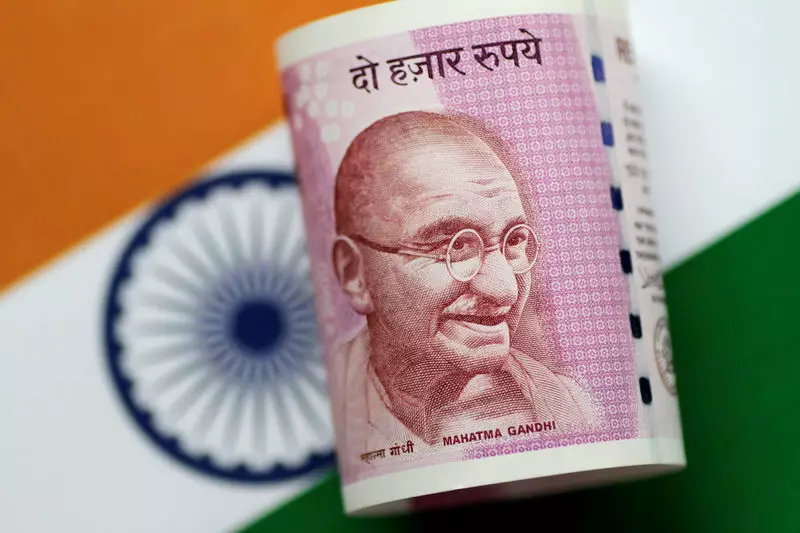The Indian Rupee (INR) has recently been under significant scrutiny as it weathers a variety of economic pressures in the wake of fluctuating valuable commodities and market dynamics. As per Barclays, the Reserve Bank of India (RBI) seems poised to allow the USD/INR exchange rate to establish a fresh trading range. The projection that the exchange rate could hover around 84.40 marks a critical moment, with Barclays warning that volatility is likely, where every modest fluctuation could amplify risks of a retracement. This prediction emphasizes the fragile balance that governing financial authorities must maintain to navigate through turbulent economic waters.
Central to the adjustments seen in the USD/INR rate are external factors, particularly rising crude oil and gold prices. These commodities not only influence inflationary trends but also affect the foreign portfolio investments flowing into the country. With a strengthening US dollar and growing regional risk aversion, foreign investors have started to retreat from Indian equities, as illustrated by recent market behaviors in October. This predicament raises a red flag concerning the sustainability of investments in a country grappling with economic uncertainty.
Despite a recent dip in crude prices, other underlying balance of payments challenges loom large on the horizon. Barclays projects that these persistent issues may compel the RBI to sanction a new trading range for the USD/INR, providing a potentially unstable environment for investor confidence. Encouragingly, though foreign investments are decreasing, the solid base of domestic buying may offer some stability, indicating that local market dynamics could offset global setbacks.
As 2023 draws to a close, Barclays anticipates that foreign investors will likely continue reducing their exposure to Indian equities due to concerns surrounding growth and inflation uncertainties. These apprehensions are further compounded by the upcoming US elections, which may prompt a broader reassessment of emerging market strategies. What remains significant, however, is the ability of India’s domestic financial landscape to absorb some of these shocks. With the financialization of household wealth, local investors are likely to play a pivotal role in buoying market indices against broader international trends.
Interestingly, the RBI’s tolerance for a stronger USD/INR rate aligns with recent improvements in the Indian rupee’s nominal effective exchange rate (NEER). Historical patterns reveal shifts in the INR NEER since the turn of the millennium, marking 2020 as a particularly crucial year when fluctuations prompted a reevaluation of RBI’s management strategies. Notably, the International Monetary Fund’s (IMF) temporary reclassification of India’s exchange rate regime from “floating” to “stabilized arrangement” serves to highlight the complexities underlying monetary policy and market interventions.
While the indicators suggest caution, the interplay between domestic and international factors could dictate the future trajectory of the Indian economy and the INR. The RBI’s strategy amidst these challenges may need to evolve as it navigates through the delicate balance between market intervention and allowing the currency to find its value organically. This encapsulating picture underscores the continual evolution of the foreign exchange landscape in India and the need for vigilant monitoring as external pressures mount.

